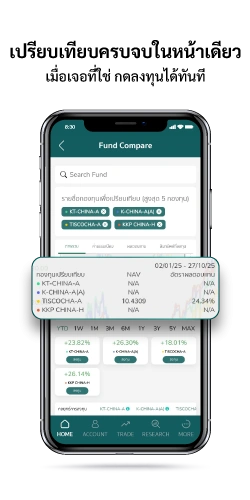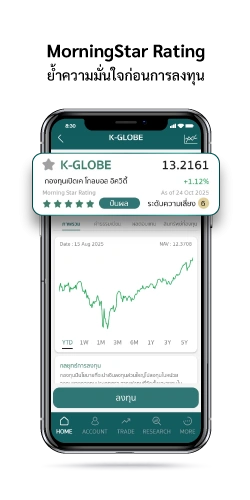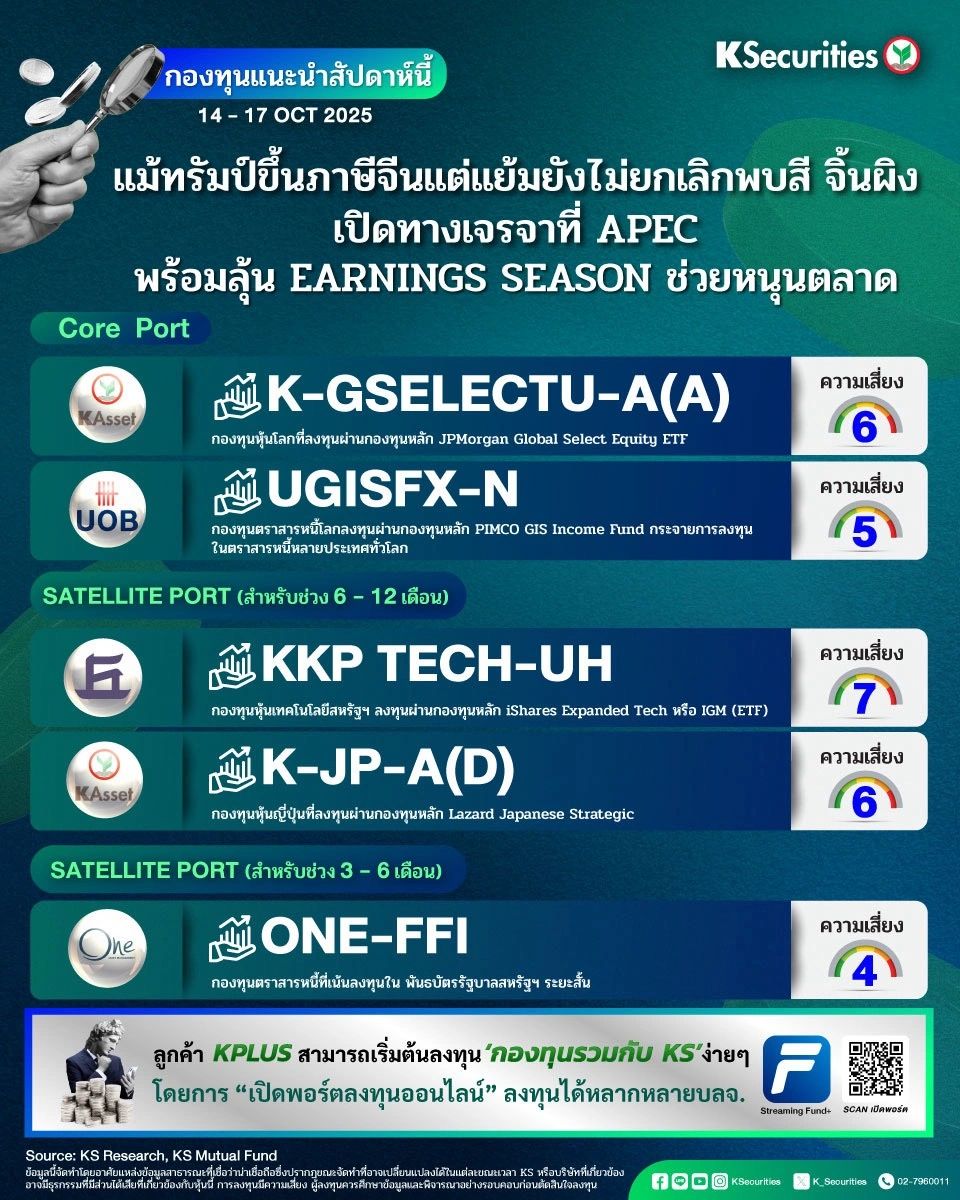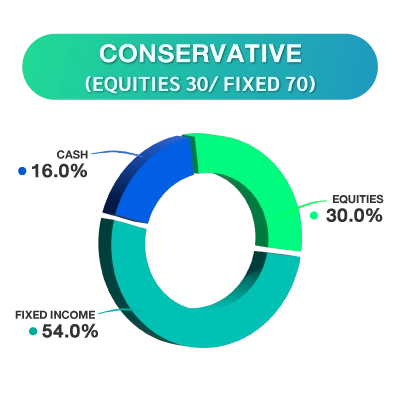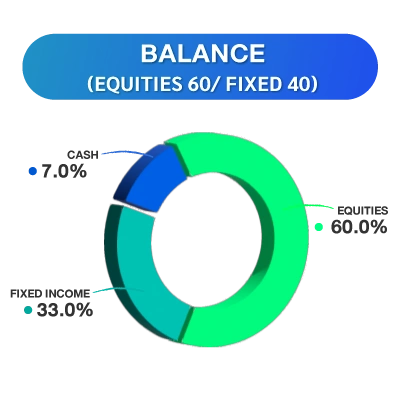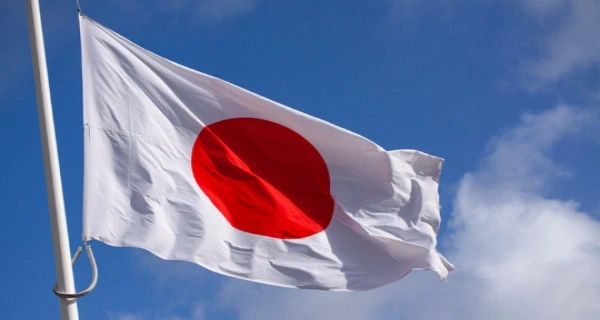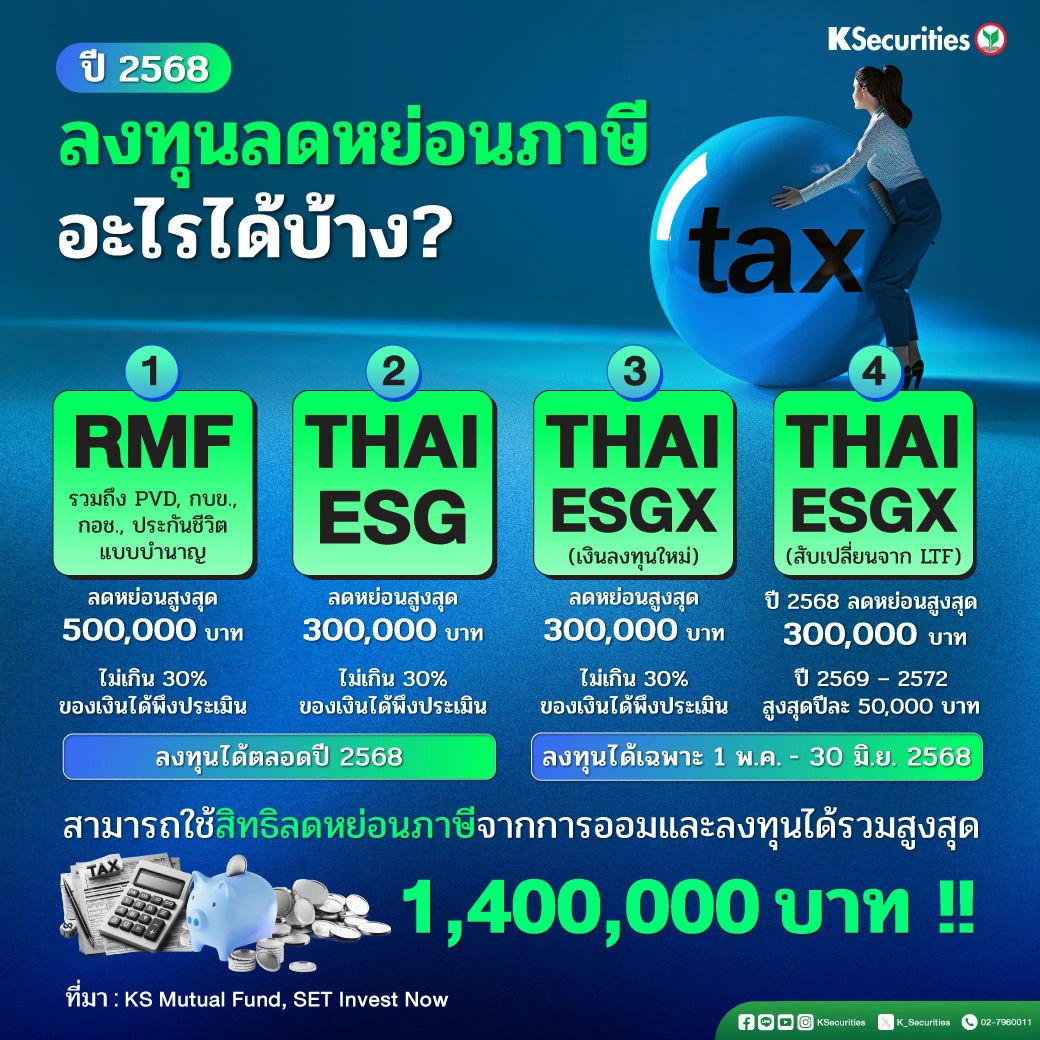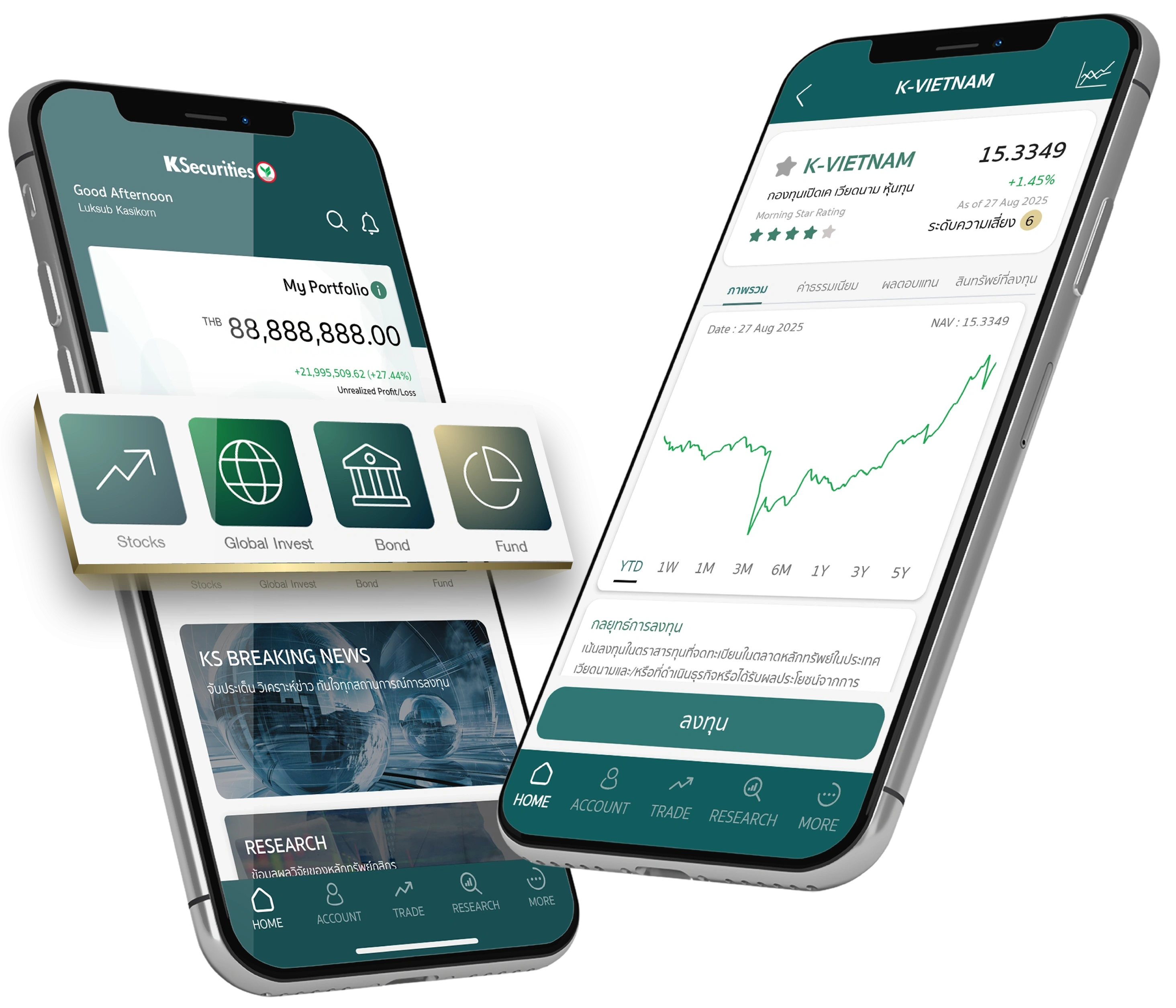Investment Plan
10-14 November 2025
KS ASSET ALLOCATION
Investment Summary: Buying Opportunity Amid Macro Concern & China Reality Check
Global stocks (ACWI) saw a correction in early November, driven by Fed's Hawkish tone and policy uncertainty, alongside the prolonged 6th week of Government Shutdown which reduced liquidity and delayed key economic data. The market is also monitoring the Supreme Court ruling on Trump's tariff authority and warnings of a 10-20% market correction in the next 1-2 years from Goldman Sachs and Morgan Stanley.
Growth Sell-off, but Unique Catalysts Remain
US indices, especially Nasdaq (-3.04%), fell sharply due to selling pressure in tech and growth sectors following Palantir's soft growth guidance. However, positive firm-specific catalysts persist for Microsoft (Cloud-Nvidia deal), Amazon (OpenAI using AWS), Google (Apple AI deal, Data center investment), and AMD.
Global Markets and China
-Asian markets (Japan, Korea, Taiwan) declined, tracking the global tech sell-off.
-Chinese equities (+0.82% to +1.08%) edged up, supported by banks and the semiconductor sector after Beijing banned state-funded data centers from using foreign AI chips (Nvidia, AMD, Intel), favoring domestic suppliers.
China Earnings & Investment Outlook
This week, US macro data remains scarce (Shutdown); the market will focus on progress in government reopening talks and potentially Hawkish Fed rhetoric. For China, investors await key economic data and earnings from Tencent, Alibaba, Meituan, serving as a "Reality Check" on earnings quality versus valuation.
Strategy: We maintain a positive long-term view, as US 3Q25 earnings are strong (11.8% growth, better than expected) and increasingly broad-based. We recommend using this market dip to accumulate positions in K-GSELECTU-A(A) (Core), US Tech (KKP TECH-UH), Japan (K-JP-A(D)), and India (MNDIA), which is expected to outperform next year.

 ภาษาไทย
ภาษาไทย
 English
English







